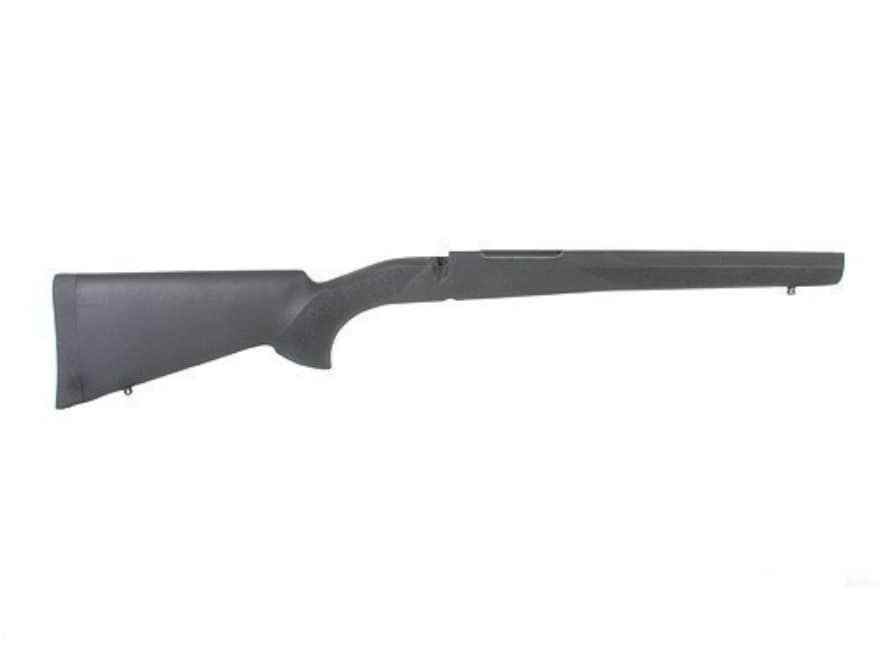
- #Mauser k98 stock replacement serial number#
- #Mauser k98 stock replacement serial#
- #Mauser k98 stock replacement code#
Many of the barrels were manufactured, but only a few thousand rifles were ever converted before Norway decided (in 1966) to relegate the K98k to war reserve and adopt the AG-3, a version of the H&K G3 battle rifle in 7.62 NATO. Wood was also lightly sanded if deemed necessary.Īfter the United States adopted the 7.62x51mm (7.62 NATO) Nato standard round, Norway experimented with converting their Mauser K98k stocks to 7.62 NATO as well. Reblueing the rifle and adding a thin coat of varnish to the stock wood. Installing a dowel through the dish cut are of the stock to re-inforce the trigger mill cut web of the stock due to increased recoil,
#Mauser k98 stock replacement serial#
Re-seriallizing the bolt handle root and the butt-plate to match the new serial number, Extending the mag well mill cut in the stock,
#Mauser k98 stock replacement serial number#
Canceling out of the old German serial number and adding Norwegian firing proofs, Milling a flat into the side of the receiver ring to accommodate branch of service markings and a new serial number, Milling a half-moon cut into the rear of the receiver ring to accommodate. Lengthening the trigger guard magazine well to accommodate the.

Altering the front sight to a square post instead of an inverted V and altering its height to correspond to. Altering the rear sight ladder to a "U" notch, Polizia (Department of Justice & Police)Ĭhanges made during the. Norges Statsbaner (Norwegian State Railway Police) Heimevernet (rough equivalent of the National Guard) 30-06 converted K98k with their own branch markings, but these are exceedingly rare today. Other groups within Norway also received. 30-06, while the Navy (KNM) retained the original 8x57JS chambering to completely deplete existing stores of ammunition.

By the end of 1954, all the K98k rifles in service with the Army (HÆR) and Air Force (FLY) would have been issued in. 30-06 were issued to replace them in service. Beginning in 1953, as rifles were returned to the Kongsberg arms depot, re-barrelled eaxamples in. As the stocks of captured German ammunition were rapidly being depleted, it made sense to adopt the. A byproduct of this political reality was that the United States was ready to make available quantities of military materiel to it's Norwegian allies, including huge quantities of. At the close of the 1940's, however, Norway found itself increasingly under the US-dominated western sphere of political influence. Initially, Norway issued the rifles in the original 8mm Mauser chambering. Additionally, when one encounters replaced parts on earlier vintage rifles refurbished in Norway, the liklihood of finding late-war parts used as replacement is exceedingly high. The latest codes one are likely to encounter date to 1943, and as such, it can be safely assumed that the late-war production rifles in Norway were among the first rifles to be parted out, the production quality of the barrels and receivers having been sacrificed to the exigencies of war.
#Mauser k98 stock replacement code#
Serial number and maker code observations tend to support the theory that approximately 200,000 to 250,000 rifles were made serviceable, while the remainder were scrapped for spare parts. In fact, there were far more K98k rifles available than there were men in the Norwegian armed forces, so a number of rifles were broken down for spares. On the other hand, vast quantities of Wehrmacht equipment was readily available and Norway wisely chose to adopt most of it for its own use. When the war concluded, the Norwegian government had no organized armed forces to speak of, and even fewer arms than men, mostly outdated Krag Jorgensen rifles. It has been estimated that on the order of 300,000 to 350,000 K98k rifles were turned in to Norwegian authorities.

When the surrender came there were no fewer than 400,000 German troops in Norway, which at that time had a population of barely 4 million. Norway was occupied by German forces throughout the bulk of the war and when the Reich surrendered to allied forces in 1945, General Franz Böhme announced the unconditional surrender of German troops in Norway on May 7, the same day as Jodl signed the unconditional surrender document on behalf of the Third Reich, Hitler having committed suicide several days earlier. The "k" is for Kurz, which means "short" in German. The K98k was the primary infantry rifle for the German Wehrmacht during World War II. Note: Pics of rifle provided courtesy of moderator Claven2. (26 picture virtual tour) Observations: (by "Claven2") Backbone of the Wehrmacht (The German K98k Rifle, 1934 - 1945) by Richard D Law" (1993) - ISBN: 0-88935-139-2 and Mauser Military Rifles of the World, 4th ed.

14,048,789 (Estimated 1934 - 1945 from Richard Law's calculations), though less than 250,000 are estimated to have been absorbed by Norway after 1945.


 0 kommentar(er)
0 kommentar(er)
